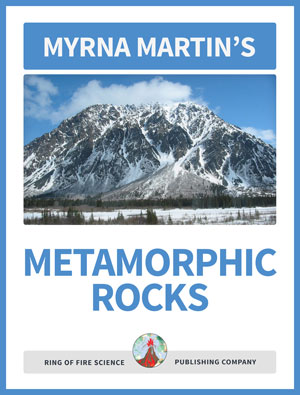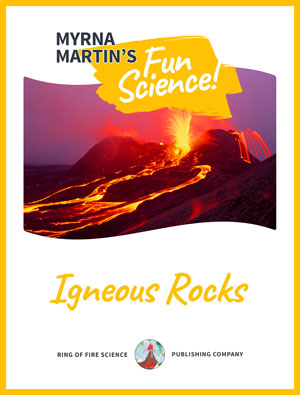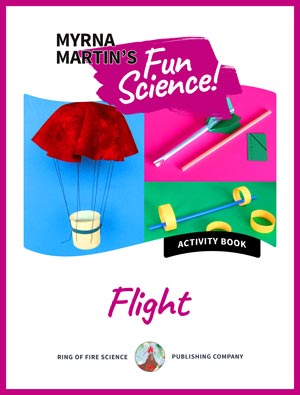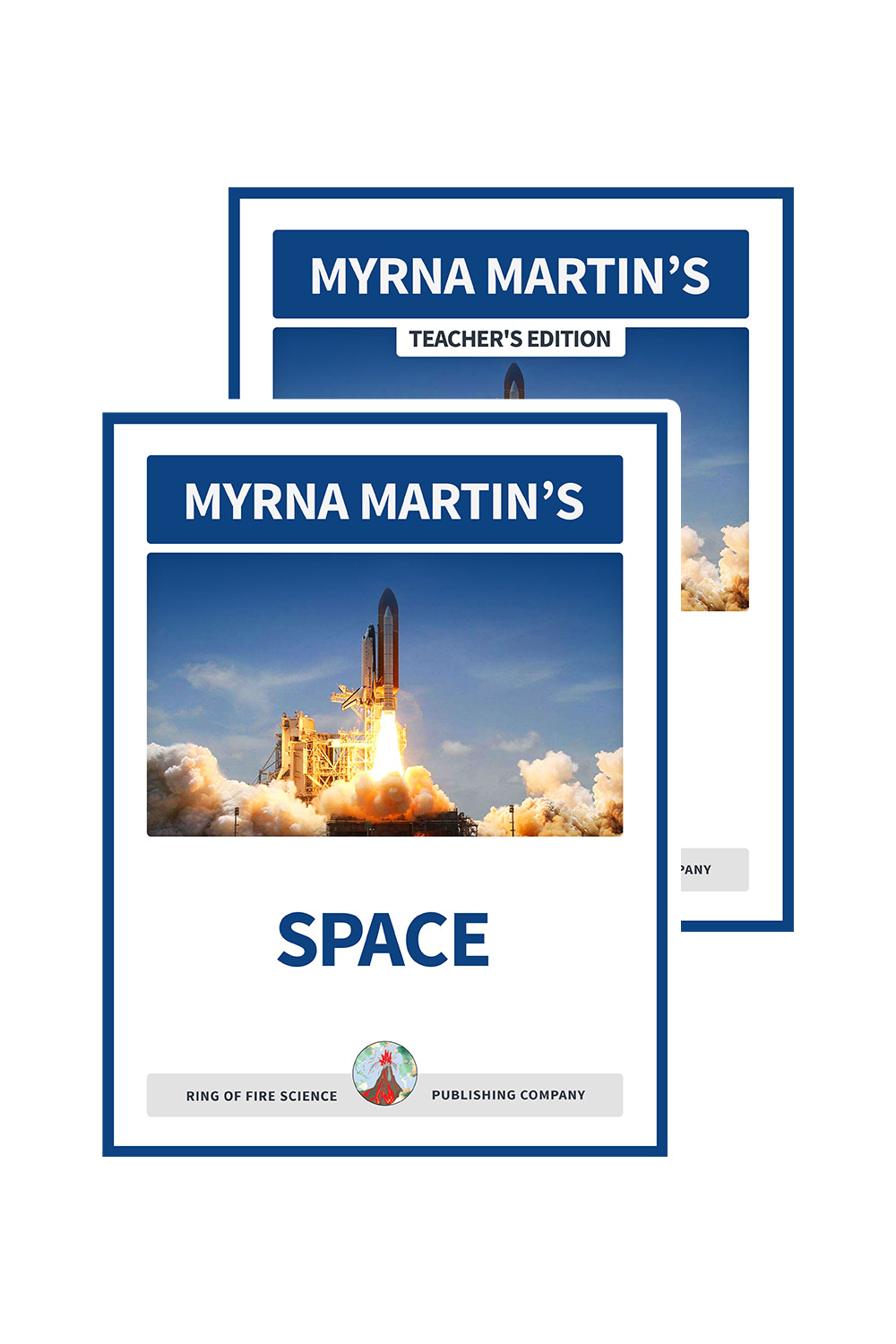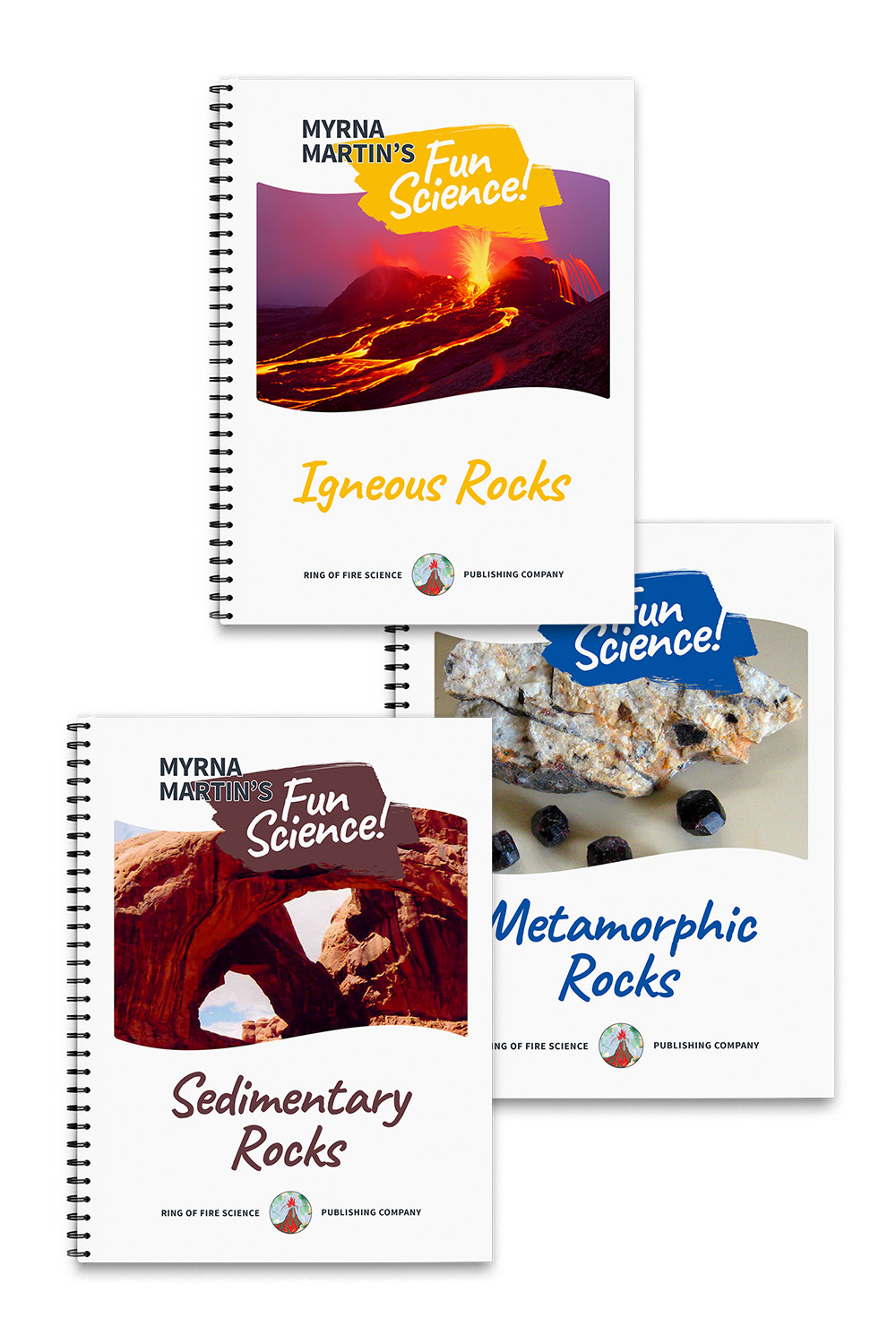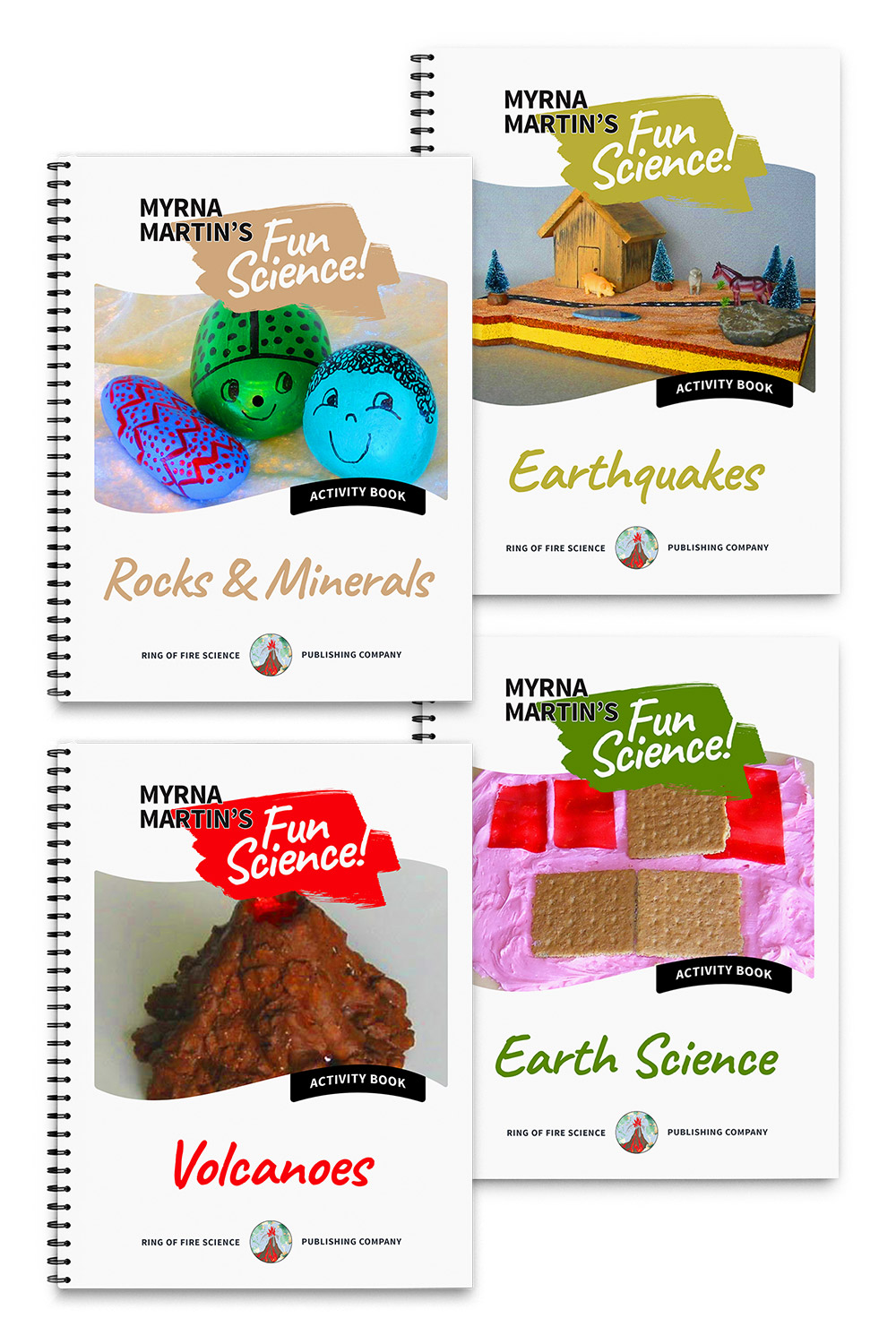Earth's Crustal Plates
Crustal plates cover Earth's surface
Crustal plates are the outer shell of the Earth
Crustal plates (tectonic plates) are the outer shell of the Earth. Continental crust and oceanic crust are the two main types of plates. Large plates like the North American Plate is considered a continental plate but also contains oceanic crust. Continental crust which contains the interior of the large continents is much older than oceanic plates. Oceanic crust is constantly being created an destroyed around the Earth's surface.
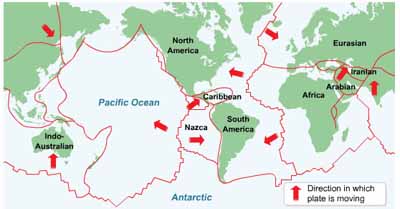
Earth's crustal plates and the
direction they are moving. NOAA
Formation of the ocean floors
Oceanic crustal plates are constantly forming deep on ocean floors where tectonic plates are separating. The new ocean floor forms in rift valleys where two tectonic plates are separating. Plumes of molten rock form beneath the separating plates at their boundary forming a bulge on the ocean floor.
Molten rock flows out of fissures forming new seafloors
Molten rock flows out of fissures on the valley floor forming new oceanic crust. The mid-ocean ridges are part of the global mid-ocean ridge system that is found in all the world's oceans and is the largest mountain chain on earth.

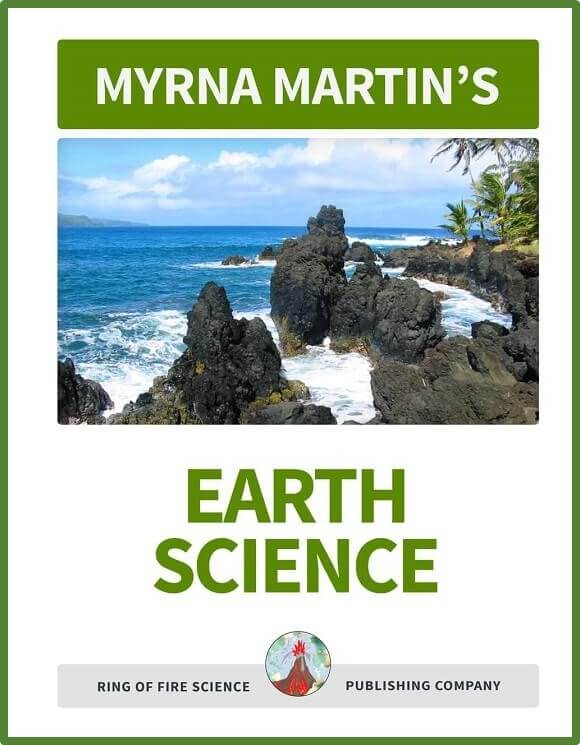 |
Our Earth Science books are designed for students to work through the lesson on their own with little to no help from their teacher. Answer Key is in the back of each book. The 16 Chapters in the book contains:
|
Global mid-ocean ridge
The global mid-ocean ridge is the longest mountain range on Earth
The global mid-ocean ridge is more than 80,000 km (49,700 miles) long. One section of the mountain range is a continuous system that is 65,000 km (40,400 miles) long and is longer than any other mountain range on the continents include the Andes Mountains in South America.
As oceanic crust is being formed at mid-ocean ridges it is being recycled in subduction zones. The size of our planet is not increasing or decreasing in size by the growth and destruction of the oceanic crust.
Mid-Atlantic Ridge
The Mid-Atlantic Ridge is located in the Atlantic Ocean
The Mid-Atlantic Ridge is part of the global mid ocean ridge system. It runs down the Atlantic Ocean from northeast of Greenland south to the southern section of the Atlantic Ocean off the coast of Africa. The ridge is spreading apart at a rate of 2.5 cm per year.
How much further would Columbus have to sail today?
Columbus made four voyages to the Americas starting in 1492. Calculate how much further he would have had to travel today to reach the Americas by finding out the number of years since 1492 and the rate of seafloor spreading at 2.5 cm each year.
Continental crust
Continental crust contains the oldest rocks on Earth
Continental crust contains much older rocks because they are not destroyed when they collide with another oceanic crust or continental crust. Continental crust always overrides oceanic crust scraping off volcanic islands and other land when the seafloor subducts which adds to the continental crust.
Denali is forming as 2 continental crusts collide
When two continental crustal plates collide great mountain chains form. In Alaska Mount McKinley (Denali) is the tallest mountain in North America and was created by tectonic forces lifting a pluton of continental crust upward. The subducting Pacific Plate beneath the North American Plate in Alaska has created great mountain ranges as the continental crust is crumpled.
More Planet Earth Links
The Earths Mantle Find out about the Earths mantle that contains 84% of the Earth's mass.
Earths Interior Find out about layers that have formed inside out planet and how they were discovered.
Alaska Northern Lights Learn how and why the Northern Lights light up the sky in the Northern Hemisphere.
Earths Crust Find out where the newest crust on our planet forms and which type of crust is the oldest.
Lithosphere Earth's lithosphere is the outer shell of the planet. It contains both the crust and part of the upper mantle.
Crustal Plates Find out how continental crust and oceanic crust forms on our planet.
Planet Earth Find out about the different layers that make up planet earth from the core to outer space.
Home Page The Science Site contains information on our planet, volcanoes, science activities, earthquakes and much more.
Kids Fun sCIENCE bOOKSTORE
Check out Myrna Martin's award winning textbooks, e-books, videos and rock sets. The Kids Fun Science Bookstore covers a wide range of earth science topics. Click here to browse.
Sign up to our monthly newsletter and receive our FREE eBook containing 3 fun activities that don’t appear in any of our other books!
The Kids Fun Science monthly newsletter will include the following: current events, weird and fantastic facts, a question of the month, science trivia and the latest new content from our website.
We respect your privacy and you can be assured that we will never share your email address or use it for any other purpose than to send you our newsletter.



